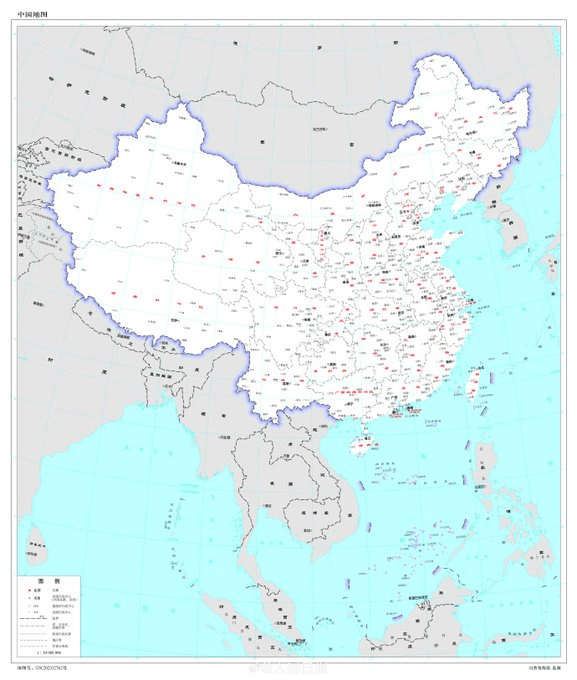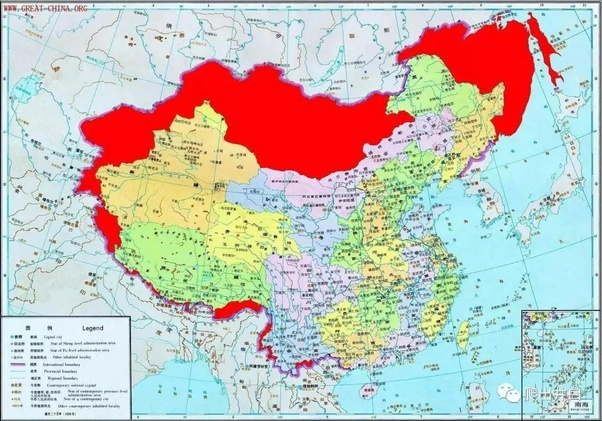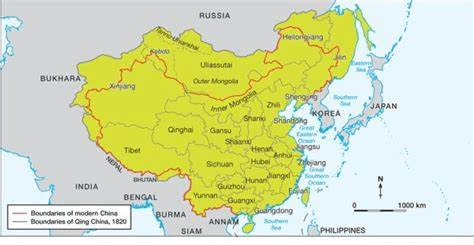China’s claim of Russia’s Siberia
Territorial dispute between China and Russia risks clouding friendly future
Despite the public image of cordiality presented by China and Russia, some hidden issues suggest the friendship is on fragile foundations. Xi Jinping’s visit Moscow or Vladimir Putin’s visit to Beijing in a show of solidarity between China and Russia.
However, a background dispute over territory in east Siberia could dangerously undo the comprehensive strategic partnership.

Between 1858 and 1860, the Russian Empire annexed territories adjoining the Amur River belonging to the Chinese Qing dynasty through the imposition of unequal treaties. The 1858 Treaty of Aigun, signed by the general Nikolay Muravyov representing the Russian Empire and the official Yishan representing Qing China, ceded Priamurye—a territory stretching from the Amur River north to the Stanovoy Mountains, but the Qing government initially refused to recognize the treaty’s validity.

Two years later, the Second Opium War concluded with the Convention of Peking, which affirmed the previous treaty as well as an additional cession including the entire Pacific coast to the Korean border, as well as the island of Sakhalin to Russia. These two territories roughly correspond to modern-day Amur Oblast and Primorsky Krai, respectively. Collectively, they are often referred to as Outer Manchuria, part of the greater region of Manchuria.
Moscow and Beijing put aside their centuries-old boundary disagreements for the sake of political stability two decades ago. The last territorial settlement, finally ratified by the parliaments of both nations in 2005, resolved their shared eastern border, now under renewed scrutiny because of China’s map service.
History doesn’t repeat itself, but it often rhymes
China, on one hand, has a very different understanding of history. The version told in Chinese schools focuses on the many thousands of years during which China was at the civilizational forefront of humankind’s journey, a time during which Western Europe was a relatively unimportant peninsular outcropping.
Now a new map of China’s national borders has sparked protests from governments in Asia after its boundaries drew in the territories of its neighbors—including a small chunk of Russia.
Bolshoy Ussuriysky Island, or Heixiazi, sits at the confluence of two border rivers, and ownership is legally shared between the two countries. China’s official map paints the entire 135-square mile piece of strategic land as its own into its easternmost territory.
But China’s claim may be much larger than this. China may be seeking for the return of all of Qing’s lost territories; in Russia, modern-day Amur Oblast and Primorsky Krai; as well as India: Arunachal Pradesh or South Tibet and Ladakh.



